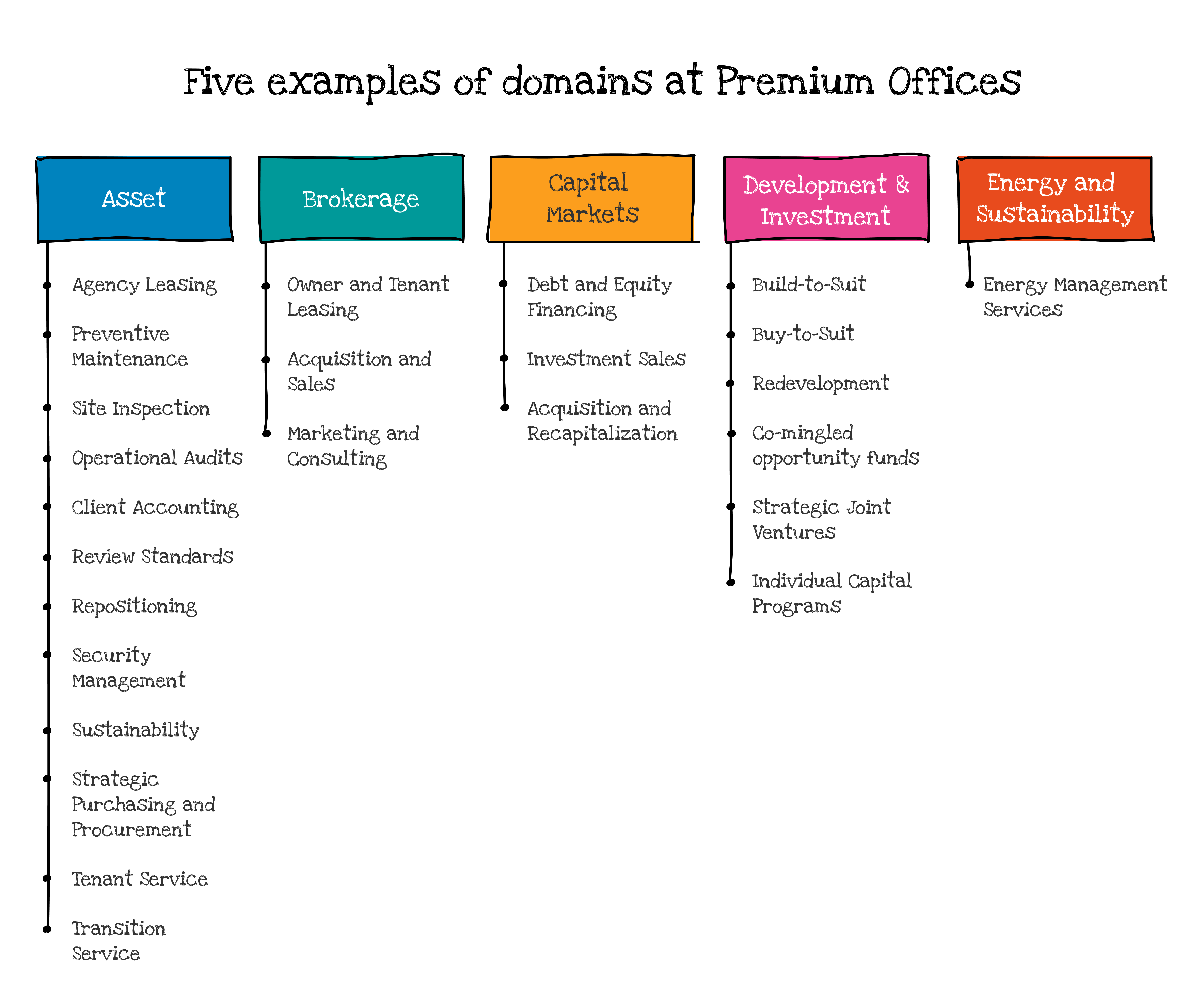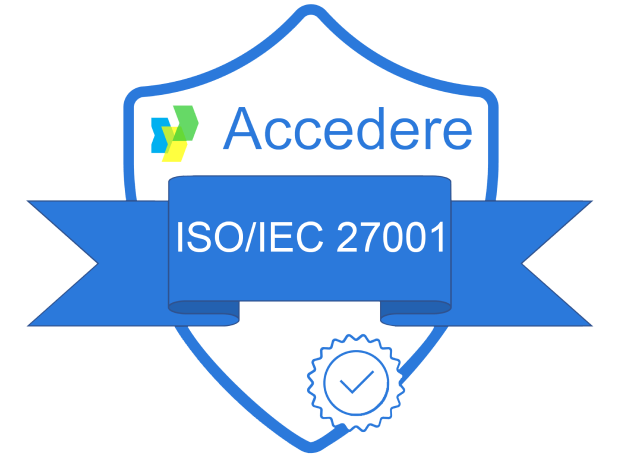While the literature on data mesh is extensive, it often describes a final state, rarely how to achieve it in practice. The question then arises:
What approach should be adopted to transform data management and implement a data mesh?
In this series of articles, get an excerpt from our Practical Guide to Data Mesh where we propose an approach to kick off a data mesh journey in your organization, structured around the four principles of data mesh (domain-oriented decentralized data ownership and architecture, data as a product, self-serve data infrastructure as a platform, and federated computational governance) and leveraging existing human and technological resources.
- Part 1: Scoping Your Pilot Project
- Part 2: Assembling a Development Team & Data Platform for the Pilot Project
- Part 3: Creating your First Data Products
- Part 4: Implementing Federated Computational Governance
Throughout this series of articles, and in order to illustrate this approach for building the foundations of a successful data mesh, we will rely on an example: that of the fictional company Premium Offices – a commercial real estate company whose business involves acquiring properties to lease to businesses.
—
The initial step to transforming data management and implementing data mesh within your organization involves building a pilot project, an embryo of mesh. This will be developed based on the 4 principles of data mesh, using existing resources, meaning without impacting the organization.
To ensure a successful start to your data management decentralization journey, you must focus on two essential prerequisites: well-defined domains and the choice of an initial use case.
Domain identification
The primary prerequisite for launching the pilot project is the identification of domains – the federation of autonomous domains being at the core of the data mesh.
This step generally poses no difficulty. Indeed, the concept of domains is already widely understood, and the division into domains is often stable – whether structured according to value chains, major business processes, or organizational operational capabilities. Domains sometimes have their own technical teams and operational systems that generate the majority of the data. The transition often involves reallocating data ownership according to an existing structure.
PREMIUM OFFICES EXAMPLE
Premium Offices is already structured around domains that reflect its major capabilities. Here are three examples of domains:
-
 Asset
Asset - A domain responsible for acquiring and managing real estate assets. It primarily relies on asset management software.
-
 Brokerage
Brokerage - A domain that manages the commercialization of properties for rent and tenant management. It utilizes Tenant Management software and is responsible for the commercial website and posting offers on specialized marketplaces.
-
 Capital Markets
Capital Markets - A domain responsible for loans to finance purchases and optimize the loan portfolio. It uses another specialized software.
Premium Offices already has a modern data platform, based on DBT, Google BigQuery, and Tableau. It is managed by a centralized team supported by a centralized Data Office.

Organization by domains – From the main capacities of Premium Offices
Choosing an initial use case
The choice of a use case for the pilot project is relatively arbitrary – it could involve revamping an existing dashboard, creating a new dashboard, adding AI capabilities to an application, or even commercializing certain data. However, this first use case must possess specific characteristics to facilitate optimal learning conditions:
🚫 It must focus on usage, not just one or more data products – the intrinsic value of a data product is null, and its value is realized through its uses.
🚫 It should not be overly cross-cutting and should consume data from one or two domains at most – ideally, just one.
🚫 It should not be overly simplistic and should consume more than one data product; two or three are sufficient.
🚫 It should not be overly experimental – the goal is to achieve concrete results quickly.
PREMIUM OFFICES EXAMPLE
For the pilot project, Premium Offices has chosen to build a credit risk dashboard for its tenants to better anticipate and prevent potential defaults. This dashboard must combine tenant data from its software and credit data acquired from a specialized provider. These data are already used operationally in the process of evaluating a new tenant.
In conclusion, initiating a data mesh transformation and launching a pilot project begins with key prerequisites: identifying domains and choosing an initial use case. By defining a scope upfront, organizations can lay a solid foundation for decentralized data management, all without impacting the organization.
In the next article, we delve into the establishment of a development team and a robust data platform to support the data mesh pilot project.
The Practical Guide to Data Mesh: Setting up and Supervising an enterprise-wide Data Mesh
Written by Guillaume Bodet, co-founder & CPTO at Zeenea, our guide was designed to arm you with practical strategies for implementing data mesh in your organization, helping you:
✅ Start your data mesh journey with a focused pilot project
✅ Discover efficient methods for scaling up your data mesh
✅ Acknowledge the pivotal role an internal marketplace plays in facilitating the effective consumption of data products
✅ Learn how Zeenea emerges as a robust supervision system, orchestrating an enterprise-wide data mesh

















